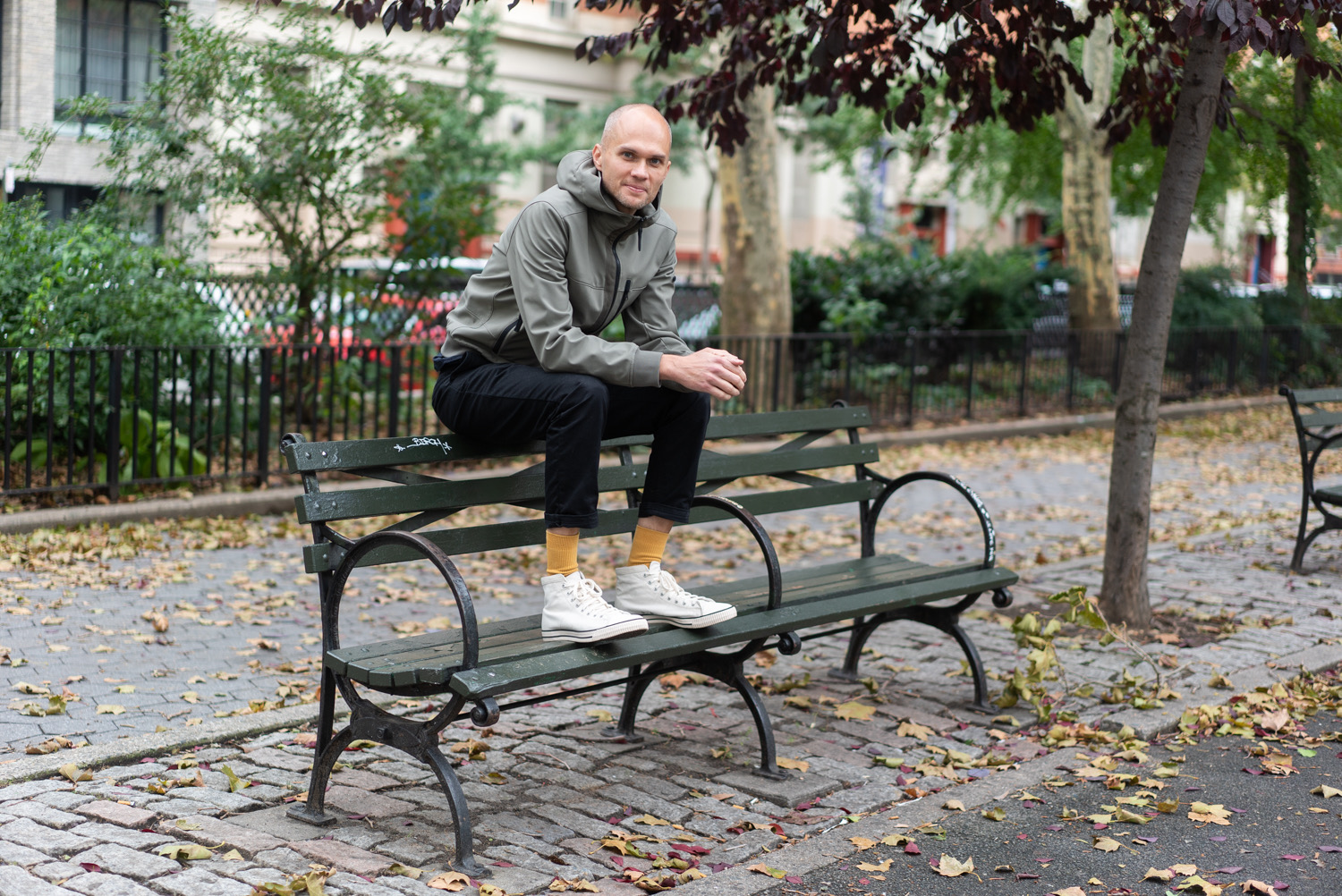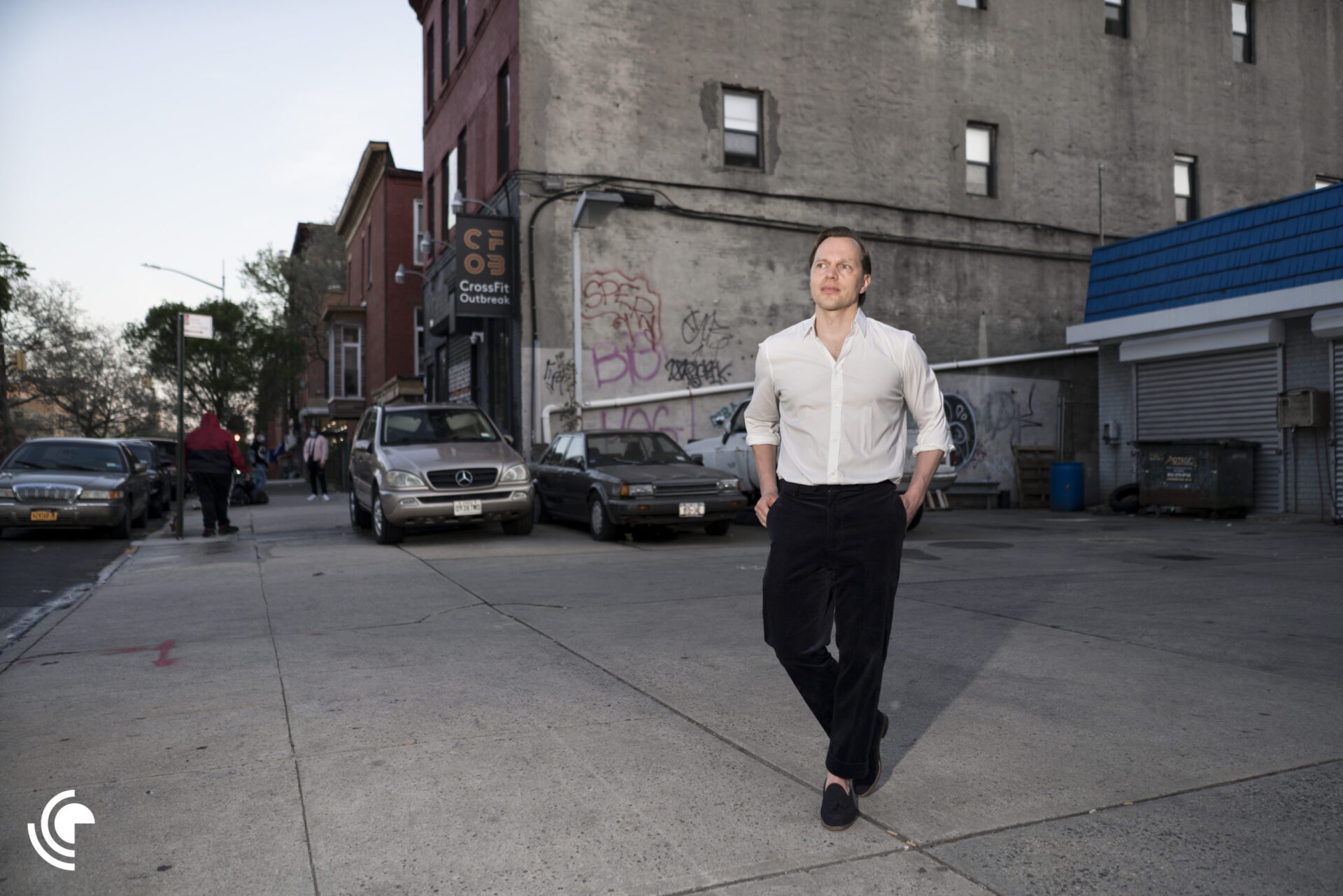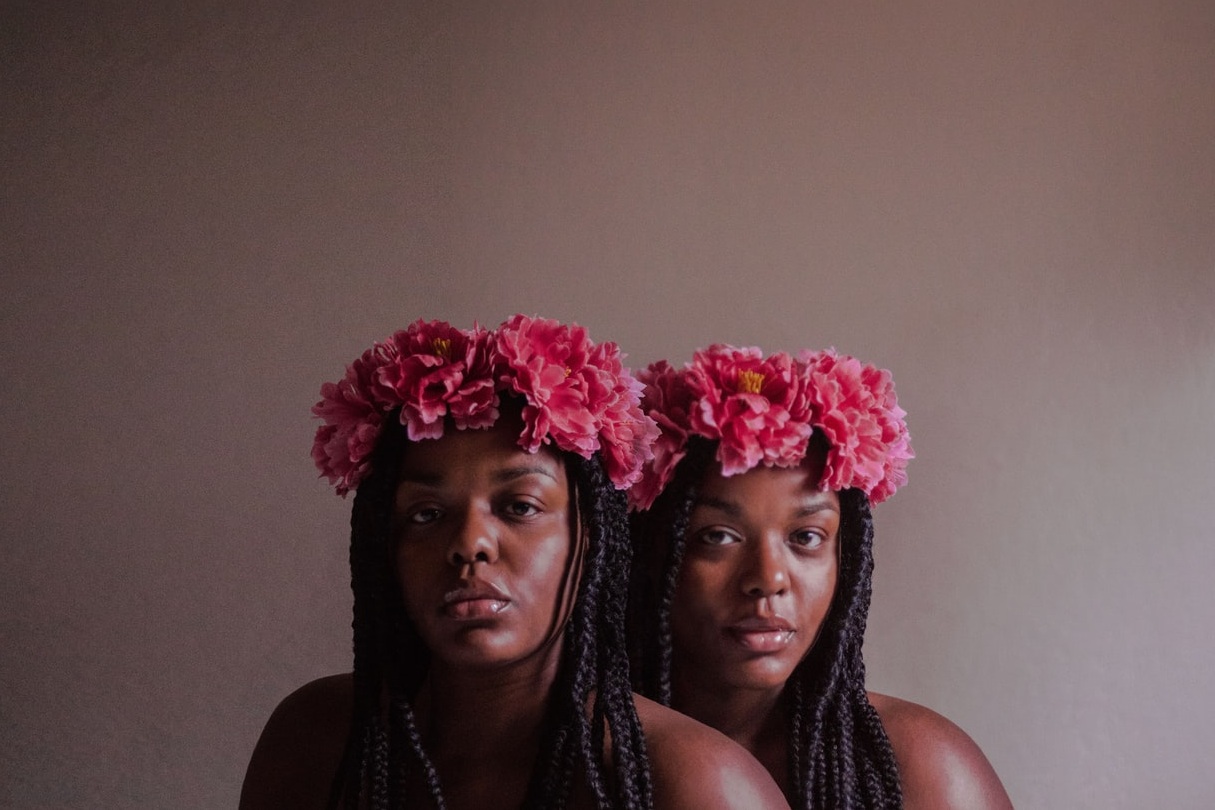The rise of new luxury
A Gemic Whitepaper We are witnessing a seismic shift in luxury, one that the overwhelming majority of categories and brands refuse to acknowledge. This oversight means that brands have a difficult time distinguishing between the old and the new type of luxury consumer.
There is a crisis in luxury today, and it’s not just emanating out of China. The global luxury sector is enduring its slowest growth since 1994. At present, business and marketing analyses of the luxury retail crisis point primarily to a lag in digital, a widening stock and a failure to reach the social-networked Gen Z. But what these critiques fail to grasp are the new cultural codes and value systems that have developed around luxury consumption – ultimately, the luxury market is treading water because the luxury consumer is changing.
We are witnessing a seismic shift in luxury, one that the overwhelming majority of categories and brands refuse to acknowledge. This oversight means that brands have a difficult time distinguishing between the old and the new type of luxury consumer. The old consumer responded to cultural codes of luxury and exclusivity that were unanimously recognized from above. The new consumer, conversely, is self-made, self-assertive and selective. It is imperative for us to trace how this new consumer came to be and examine how she manifests herself in order to theorize how consumer categories should be reimagined around her.
A Brief History of Recent Luxury
The rapid expansion of the mid-90s through the early 00s opened up luxury categories to mainstream consumers across the globe. This expansion was largely steeped in the hangover of “Old World” luxury codes. The traditional signifiers of aspiration – excess, opulence and status – were transmitted by visual codes that for centuries had been financially, geographically and culturally inaccessible to the general public. These codes, a means to reading and deciphering the cultural world, needed to migrate to retain their exclusivity.
So, as luxury crept into mainstream middle-class consumption its validity was called into question. Having been defined by its exclusivity, traditional luxury came to appear less and less appealing as its availability spread. This coincided with an era of mass-market imitation, global counterfeiting and a financial crisis, which meant that luxury, as it once stood, ended up in its death throes. But that is not to say, of course, that luxury itself was disappearing – far from it. Rather, it was only morphing into its next form.
The Shift from Gilding to Optimization
Luxury transformed from the “Gilded Object” to the “Optimized Object”. Luxury was once found in 700 pairs of Manolos, the Cartier emerald, Waterford Crystal, the interiors of Liberace or Zsa Zsa Gábor; by these standards today’s objects are markedly ascetic. 1000 objects are to be replaced with just one; apparel, beauty, jewelry and cars do not change with the seasons nor with the trends but the single object satisfies all possible interpretations. The ultimate white t-shirt, the perfect walking boots, the all-in-one membership: the optimization of utility, quality and iconicity defines the aspirational luxury object of today. To crystallize this shift, we ought to look at the best-selling sneaker of 2017: Common Projects’ Achilles low-top ($415), a simple white, rounded-toe lace-up with no visible detailing. Its only allusion to luxury are Common Projects’ signature metallic article numbers embossed on the heel, but even this is understated and has a hint at the functional. The Achilles has proven to be infinitely more desirable than the “ultimate gilded shoe” – the Buscemi 100mm sneakers – which feature a nod to the Hermès Birkin bag (the fur and diamond-encrusted versions of the shoe can retail up to $132k). This example does a good job illustrating the changes happening in luxury consumption, especially when we take into account that Common Projects has never even advertised. Despite being a relatively new player in leather goods, they have become the encapsulation of the Optimized Object.
This seemingly new approach to luxury, however, is not without precedents. In 1908 the design theorist, Adolf Loos, derided the ornamentals of the Viennese Empire. He equated ornament with a feminized world of excess, frivolity and immorality. Wasting time on ornamentation, Loos argued, only hastened the designed object’s path to obsolescence. He propounded, instead, the functional, ergo masculine, and the formalistic that would come to define Modernist design of the next half century. We are beginning to see this moralistic equation mirrored in today’s luxury objects, as the purging of the superfluous becomes an adept metaphor to describe the aspirational shift towards the Optimized Object. Perhaps the best example of the fetish of utility is the unforeseeable rise of Canada Goose, a down parka originally formulated for scientists at the Antarctic station. Such coats are now ubiquitous across America’s and Europe’s cities, and have a particularly powerful appeal among China’s counterfeiters. Canada Goose’s appeal is in its excessive warmth (labelled “the warmest coat on earth”) and heavily-emphasized manufacturing. It’s a self-declared utility object and the $1000 price tag is justified by its functional, internal composition – not by its external properties. Needless to say, the absence of Yukon dog-sledding in urban centers does not deter the brand’s loyal consumers.
In the post-recession age, being mindful and having solid principles are of prime interest to the new luxury consumer. The Optimized Object expresses this temperament in a number of ways. Its purging of superfluity is not limited to its design, nor to its function, but encapsulates the entirety of the object-culture. The Optimized Object in luxury might be embodied in the reduction of many objects to few objects; the privileging of non-material resources (time, ingenuity, passion); an emphasis on down-to-earth craftsmanship; or prioritizing subtlety over overtness. However it is expressed, the Optimized Object shuns the “Old World” of gilded luxury in the quest for enlightenment. Objects for a better self – essentially a better future – are the new luxury.
In her 2017 text “The Sum of Small Things”, Elizabeth Currid-Halkett declares the death of conspicuous consumption: gone are the silver spoons and corsets of Thorstein Veblen. Enter the intangible. Investments in education, health (and its sister, wellness), travel and other services eschew the concrete materialism of the past. This makes the criteria for identifying luxury all the more opaque to the uninitiated and the division between the haves-and-have-nots more socially striking. This is a helpful observation because it posits the post-recession shift from goods to services, towards the “luxification” of the everyday. However, Currid-Halkett’s contemporary examination of the luxury class cannot account for the material goods that are still being purchased. To explain this continuity amidst an otherwise total shift, we need to look to the type of goods purchased and the rituals that encapsulate their consumption.
The Importance of Authentic Longevity
The minimalist mode of consumption may appear at odds with the very concept of luxury. It may perplex readers that a $2’500 pair of Yeezy sneakers is a minimalist purchase and, similarly, a hand-crafted BestMade hatchet (for $400) is most likely not the first object that springs to mind under “luxury”. But this pairing demands a re-evaluation of the luxury object in the everyday.
So, what makes a luxury object suitable for the everyday? It must satisfy three things: utility, quality and iconicity. The Optimized Object must necessarily therefore be an object with longevity – but this does not represent an invigorated interest in design and aesthetics. Rather, the useful, high-quality, iconic object satisfies an existential need. The objects that withstand the toils of the everyday are distinct from the “Old World” behaviors of occasion dressing and a sedentary, cushioned lifestyle. The Cipollini Bicycle, The Shinola watch, A.P.C. Selvedge Denim – these are perhaps not yet household names, but they are surreptitious signifiers of luxury, channeled through the symbolism of endurance. Up to this point, smaller brands have been the most adept providers of this mode of luxury.
We present here a test-case as an example of how certain old-world brands have failed to address this new mode of consumption. Tiffany’s own “Everyday Object” series (“The ordinary made beautiful”) – ranging from an 18k gold paperclip to a sterling silver tin can – failed to capture the luxury of the everyday object. Instead, these objects, in attempting to hide their excess, communicated their role as “the paperclip for the person who has it all”. This mode of luxury sits too close to the “Old World” in its gilding of what already exists rather than producing something innovative. Had Tiffany’s been able to demonstrate their commitment to utility, quality and iconicity, they may have been able to create truly lasting and iconic everyday objects.
Alongside a desire for “objects built to last”, there exists a desire for luxurious, ephemeral experiences: The Class by Taryn Toomey, Yachts & Friends holidays, a Hermès dinner party are examples that represent this type of luxury. There is an argument that in the face of an uncertain future, millennial consumers put off traditional milestone purchases (things like spending money on housing and weddings or investing in arts for example). This anxiety permeates even high-income earners, so what people do is use these fleeting experiences to feel momentary, luxury relief from persistent real-world problems.
The Fragmentation of the Archetype
How are these objects selected to enter the “New Luxury” landscape and why are certain “Old World” codes relegated to the dust heaps of history? What is required to craft “New Luxury” is a new type of knowledge. This new knowledge has, in part, arisen from a new category of consumers – The Innovator, a self-made, future-oriented type, who proactively seeks wealth – but also out of necessity, because in growing markets like China and India inherited wealth has been almost non-existent. In this context, the established knowledge of traditional luxury codes becomes obsolete and inaccessible, and as a result, a new form of luxury is created to satisfy desires.
What becomes aspirational, therefore, is the ingenuity: the ability to discern what is the best based on the utility, quality or iconicity of an object. Ingenuity, rather than knowledge (that sits in the static “Old Luxury” domain), involves a process of transformation. It is within this process that the luxury consumer, and the luxury object is produced. The luxury consumer is always looking for ways to remove herself from the outdated model of mass consumption, searching for ways to “game the system” and “one-up” it. The luxury consumer desires a short cut to what is best, and for this she requires ingenuity, rather than decades and generations of built-up knowledge.
Not only is new luxury an acquired skill – the intersection of time, knowledge and resources – to acquire the right products, but new luxury is defined by the self-identification with the object and its producer. The new luxury consumer desires to replicate the engineering ideal that is suggested by the Optimized Object, for ingenuity is the new currency. She wants to mirror the object, to be ingenious and savvy like its creator: the buyer of the Shinola watch regards herself in parallel with the producer who created and crafted the piece. This demonstrates that new luxury is not simply about ingenuity, but the capacity to apply (and therefore possess) others’ ingenuity in clever ways.
What is “best” has become diffused. It is up to the luxury consumer to produce their own criteria and imbue their own sense of meaning within the luxury object. Here we see a break-down of the archetype, where luxury shrugs off its role as an authority figure: gone are the Gianni Versaces, Antoni Pateks, and Elizabeth Taylors. New luxury looks to new sources, coinciding with globalization: it moves away from the hegemony of Paris, New York, London and opens itself up to cues from Addis Ababa, Chengdu and Bogotá. The consumer can imbue the new luxury object with their own selfhood, in the absence of the archetype.
What will the new luxury world look like, and how should brands respond? One of the most profound challenges will be negotiating access to knowledge. Luxury education today demands shortcuts but must maintain exclusivity. To achieve this it is crucial to build cohesive narratives, not just market one-off stories. With these narratives, luxury stores must reflect the diversification, they must speak to multiple worlds. As a result, they will become more museum-like, upholding the local and promising longevity. To do this, brands will need to not only engage with consumers, but also engage with experts, storytellers, craftsmen, archivists.
The Optimized Object, built to last, but also built to reflect the consumer and her fragmented world, is something to affix her identity onto. Luxury must shake off its former associations of grandeur – it can act as an authority and a guide to strive towards, but it should not be a doctrine to live by. New luxury must leave room for the playfulness of the new luxury consumer.








